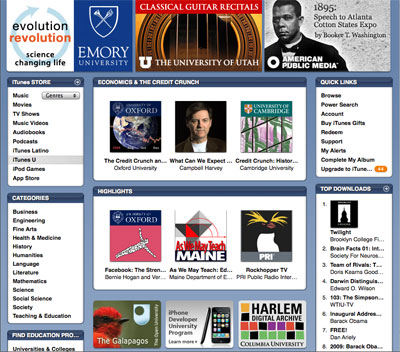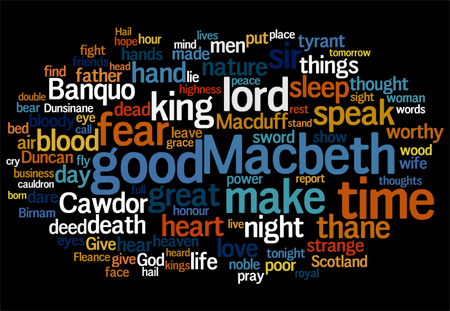The eighth podcast in the As We May Teach… series is now online:
Visualizing Chemistry: 3D and the Secret Life of Molecules
The theme for this podcast: how visualization and computational tools can make chemistry more accessible for a broader audience, and increase everyone’s understanding of the subject at the same time.
As always, the resources for this podcast are listed below. If you have questions about the tools used in the podcast, by all means please post them in the comments — I’ll be happy to answer them.
|
Visualizing Chemistry: 3D and the Secret Life of Molecules |
|
Substitution to Augmentation — Visualizing Molecules
|
|
|
Modification to Redefinition — Computing Molecules:
|
|
|
Sustaining Redefinition — Exploring Molecules:
|
|

